By this point, many anime fans are bound to have heard the name School Days. Chances are, you’re more likely to have seen the various memes around it that have come out over the years, such as the infamous “Nice Boat” meme. After all that notoriety, however, perhaps it’s long overdue to give this 2007 anime a second look.
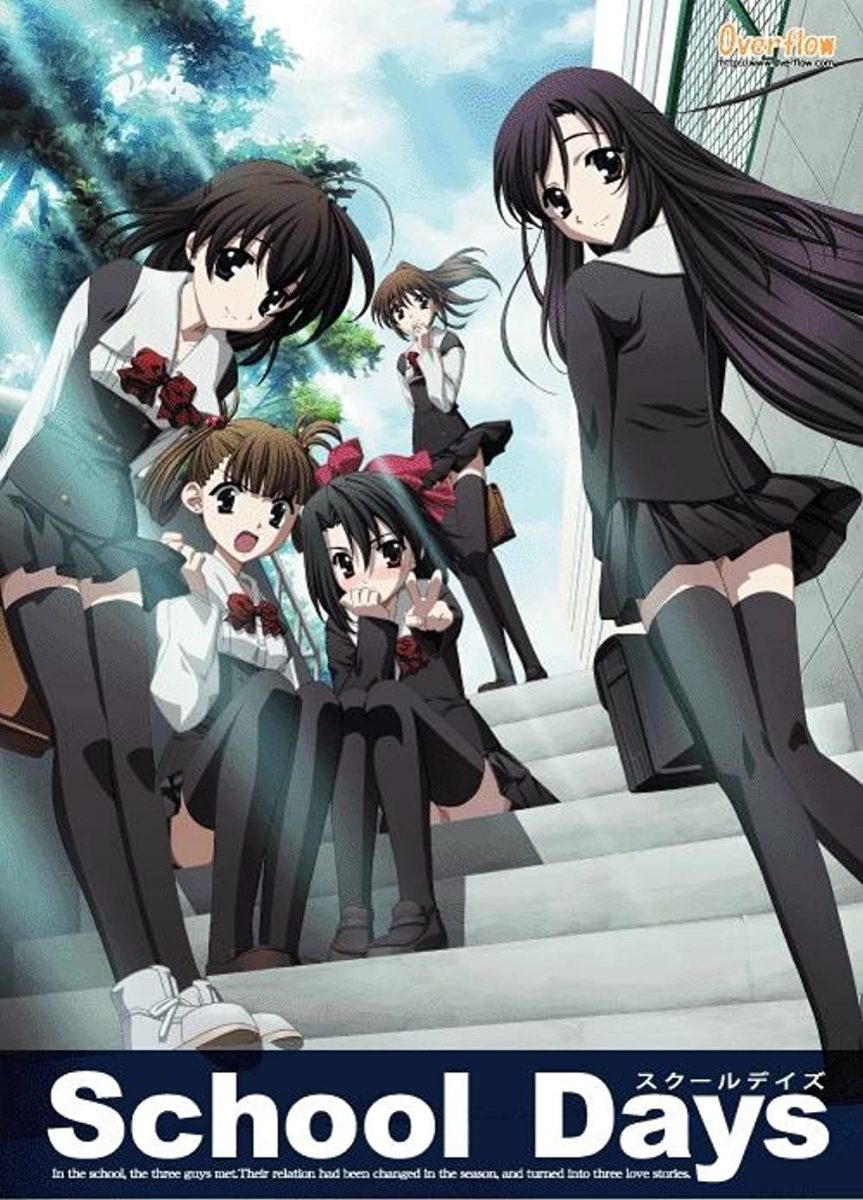
J-List’s own Peter Payne had previously touched on the TV adaptation in his feature piece on the franchise as a whole. Without retreading too much ground, its origins go back to an adult visual novel developed and published by 0verflow in 2005. The brainchild of studio president Mathers Numakichi, it mainly follows the love triangle between three students in Sakakino Academy: main lead Makoto Itou, the demure yet busty Kotonoha Katsura, and matchmaking friend Sakai Saionji. Unlike many other games of its type, the original was innovative in being entirely comprised of animated and voiced cutscenes. So much so, that it succeeded in delivering an interactive anime experience, with 21 different endings.
The show’s OP sequence wouldn’t be out of place in any slice-of-life school anime from the early-mid 2000s, which only becomes more dissonant as the plot progresses. Circa 2007. (Source: YouTube)
It comes as little surprise, then, that the title consistently became “Number One” in terms of visual novel sales from the first month of release, including its PlayStation 2 port in 2008. Such was its popularity that it would not only have an updated release in 2010, known as School Days HQ, but it went on to spawn multiple spin-offs (of which only Shiny Days is available in English), a two-volume manga series, and even audio dramas.
In light of all that, you might be wondering, how does the infamous 12-episode anime, created by studio TNK (of High School DxD and Redo of Healer fame), hold up?
How Not to Adapt a Visual Novel
The School Days anime ostensibly follows the same premise as the source material. At the start of second semester, high school freshman Makoto (Daisuke Hirakawa) becomes smitten with the aloof Kotonoha (Tae Okajima), who rides the same train as him. In an attempt to make his wish come true, he secretly takes a photo of her with his phone as a charm. Classmate Sekai (Shiho Kawaragi) not only notices, but even offers to help him, while hiding her own growing infatuation. What ensues is a story of teenage misadventures and romance, that ultimately leads to tragedy for everyone involved.
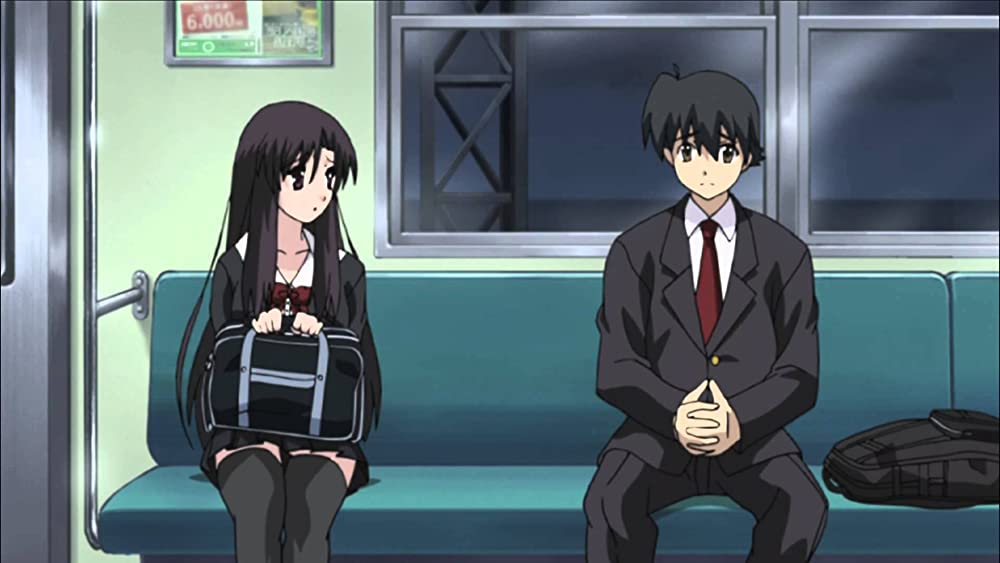
Though the show initially does follow the visual novel closely, by as early as the third episode, it becomes evident that rather than adopting specific paths, director Keitaro Motonaga chose to follow a different course altogether. On paper, this would mean taking elements from various routes to create an original storyline. In practice, however, this translates into the plot increasingly deviating from any of game’s possible arcs. Eventually, it bears almost no resemblance to the original VN, apart from combining two of the bad endings to create the series’ infamous finale.
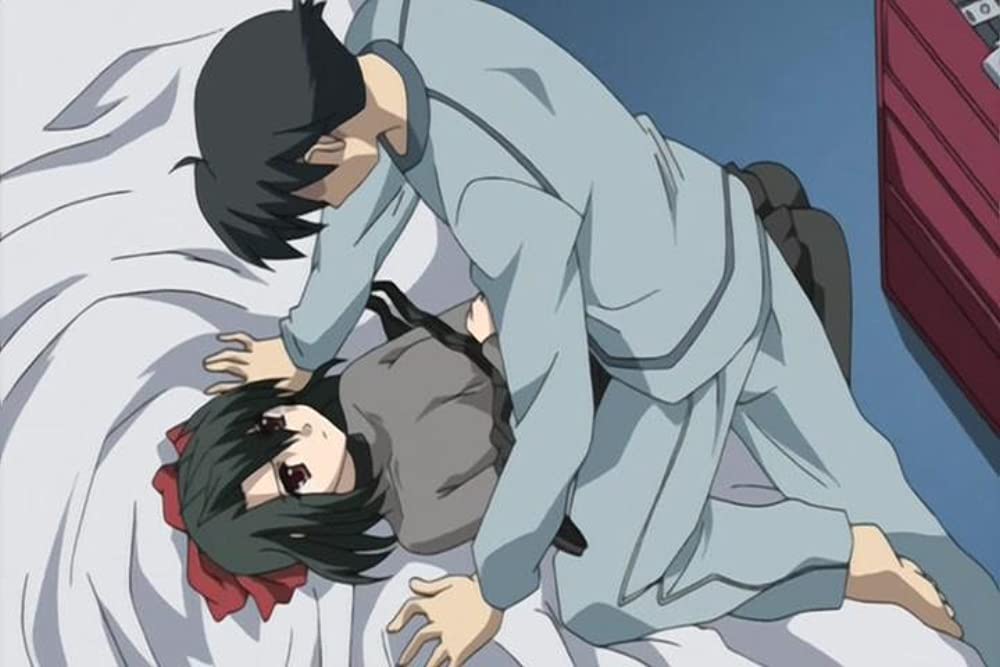
This extends to how the characters behave, most notably Makoto. Over the course of the anime, he proceeds to have sex with not only both lead heroines, but just about every female side-character. All the while, he quickly becomes unlikable, whether it’s him giving no regard to those he’s seducing, or how his breakup with Kotonoha comes across as simultaneously half-baked and callous. Which isn’t to ignore how, as events go off the rails, the girls rapidly become unhinged, be it out of jealousy or denial.
Combined, you’re treated to a trainwreck that could be seen miles off, yet one so weirdly perverse that one can’t look away. All culminating in a now-legendary ending that not only leads to the deaths of most of the leads, but was so violent that — as a result of a girl killing her father with an axe in Kyoto the day before the last episode was set to air — the network broadcast was replaced by the similarly notorious Nice Boat footage.
Archived NicoNico capture of the original Nice Boat broadcast from TV Kanagawa, which not only showed the titular vessel, but other assorted European imagery and music. (Source: YouTube)
While all this goes far towards explaining the infamy the series has garnered over time, there’s more going for the School Days anime than just that.
An Entertaining Deconstruction
There’s a surprising method to the madness that the School Days anime devolves into. For all the seeming idiocy and callousness, Makoto’s antics serve as something of a deconstruction of the stereotypical harem or eroge protagonist. As it turns out, cheating on would-be love interests and treating them as little more than objects of self-gratification never ends as well as one would think in reality. This extends to the rest of the characters to varying degrees. However absurd things can get by the end, these become more understandable upon realizing how teenagers like Kotonoha wouldn’t necessarily have the maturity to see through the warning signs, or in Sekai’s case, consider the consequences. In its own way, then, it manages to retain the spirit of the source material, even if it isn’t a perfect reimagining of that source material.
https://www.youtube.com/watch?v=dQvY0c_Sd48
The uncensored version of Makoto’s infamous death scene is a sight to behold, which becomes even more darkly hilarious when remembering that Daisuke Hirakawa would go on to play the ill-fated Noriaki Kakyoin in Stardust Crusaders. (Source: YouTube)
Motonaga and the animators, meanwhile, make an effort to improve on the original game’s visuals, which at times were hampered with limited movement due to various constraints. While the more explicit scenes aren’t depicted, and the overall detail is par the course for an average anime series, the presence of more dynamic camera shots, moving crowds and a general flourishs in background effects do a rather solid job of bringing the eroge to life, though it’s not until the end that the best is seen. Indeed, one thing you can’t fault the show for is how it stays faithful to the art style.
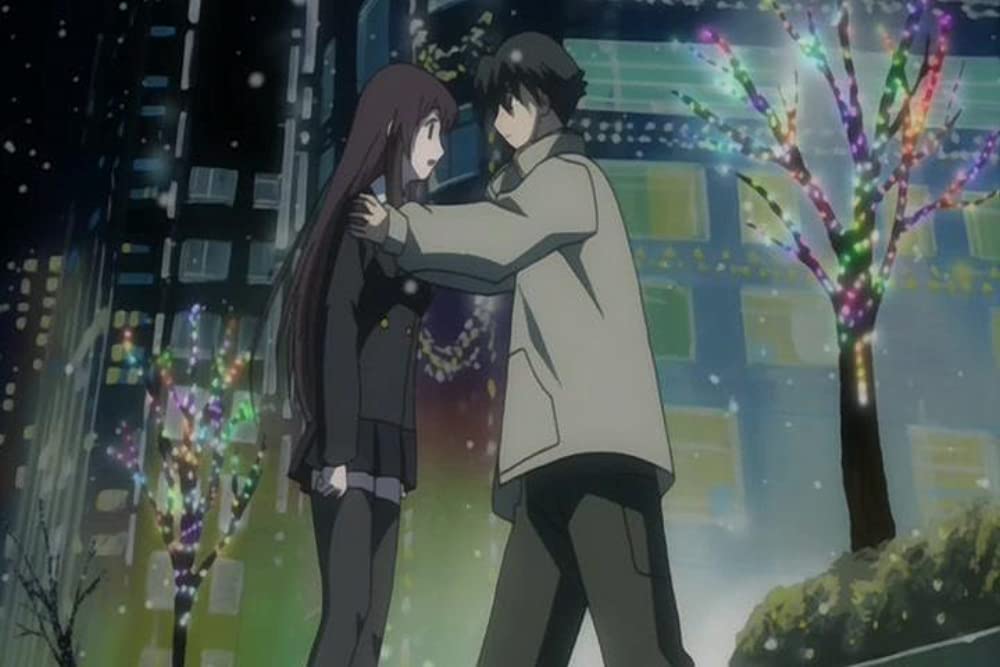
This isn’t to ignore the acting. In addition to the cast from the visual novel reprising the same roles – under their real names rather than aliases – the performances still manage to come across as strong and consistent, giving a sense of rawness to the melodrama even if their characters’ antics go off the rails. It certainly more than makes up for the at-times perky soundtrack, though even that has its moments of fittingly somber melancholy. It’s not without reason that the track “Kanashimi no mukou e”, sung by Kanako Itou, is about as memorable as the infamous Nice Boat scene it’s associated with.
When all’s said and done, the anime isn’t the best adaptation of a game out there, nor TNK’s finest hour. Nonetheless, despite its divisive reputation among some reviewers, the show helped popularize the series even further, and may well have inspired 0verflow to produce those updated editions. On top of the memes and shock value, there’s still enough substance to not only sustain a loyal following, but also inspire some to produce a fanmade English dub project.
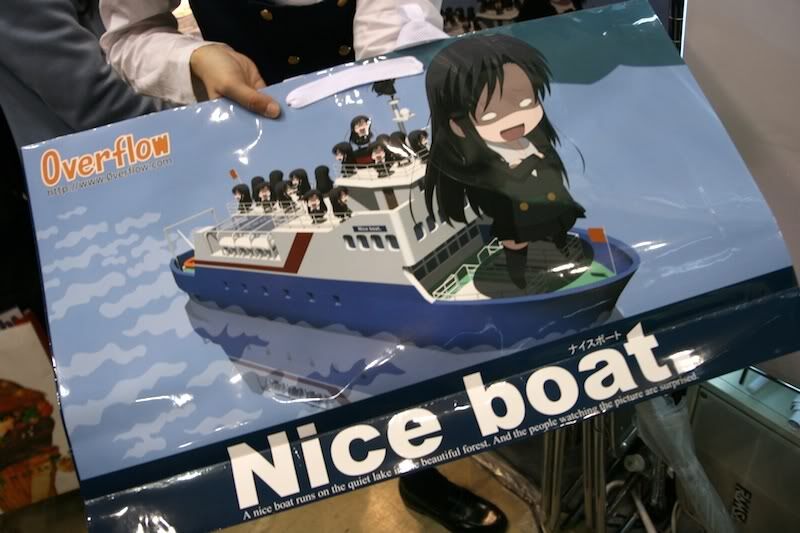
Whether it’s out of morbid fascination, genuine support for the franchise, or plain curiosity, you’re bound to find something memorable in School Days. Check it out if you’ve missed it!


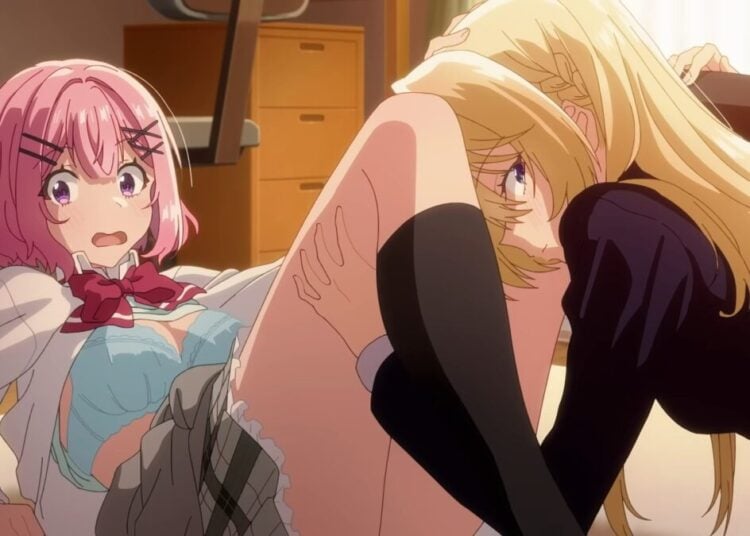
![Sawaranaide Kotesashi Kun Episode 12 [END] Featured Image](https://blog.jlist.com/wp-content/uploads/2025/12/Sawaranaide-Kotesashi-kun-Episode-12-END-Featured-Image-750x536.jpg)










